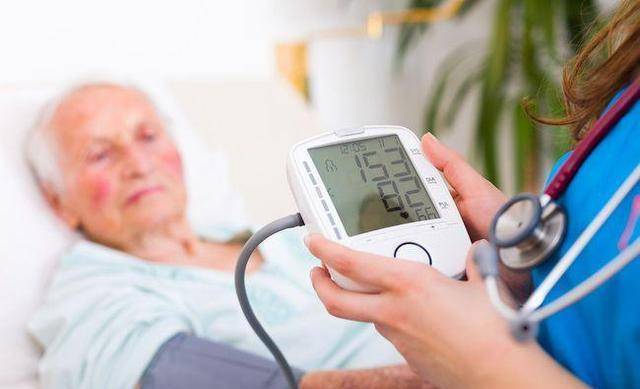High blood pressure (hypertension) refers to a clinical syndrome characterized mainly by an increase in arterial blood pressure (systolic pressure and/or diastolic pressure) in the systemic circulation (systolic pressure ≥140 mmHg, diastolic pressure ≥90 mmHg), which may be accompanied by functional or organic damage to organs such as the heart, brain, and kidneys.
Hypertension is the most common chronic disease and the primary risk factor for cardiovascular and cerebrovascular diseases. In normal individuals, blood pressure fluctuates within a certain range with changes in internal and external environments.
In the general population, blood pressure levels increase gradually with age, with a more significant increase in systolic pressure, although diastolic pressure after the age of 50 shows a decreasing trend, accompanied by an increase in pulse pressure.
Hazards of hypertension:
1. Hypertension is a major risk factor for the formation of atherosclerosis, and long-term hypertension can lead to narrowing of the coronary arteries and brain vessels, resulting in myocardial or cerebral ischemia and eventually developing into coronary heart disease or stroke.
2. Hypertension leads to increased workload on the heart, causing thickening of the left ventricle and eventually progressing to heart failure.
3. Long-term hypertension causes hardening of small intracranial arteries and the formation of microaneurysms, making it easy for brain vessels to rupture, ultimately leading to cerebral hemorrhage.
4. Prolonged high blood pressure causes an increase in pressure within the renal glomeruli, eventually resulting in renal failure.
5. The prolonged high pressure on large arteries can cause aortic dissection, leading to aortic dissection, a very dangerous cardiovascular disease.
How far is high blood pressure from a brain hemorrhage?
If high blood pressure rises to 180/110 mmHg in a short period, there is a possibility of a brain hemorrhage or subarachnoid hemorrhage. Some hypertensive patients, if combined with vascular malformations or cerebral aneurysms, are at high risk of experiencing a brain hemorrhage with a rapid increase in blood pressure to 160/100 mmHg.
For some hypertensive patients taking anticoagulants like warfarin or rivaroxaban, a sudden increase in blood pressure to 160/100 mmHg can also lead to a brain hemorrhage. Therefore, apart from blood pressure levels, brain hemorrhage is also related to the patient’s medication and underlying brain conditions.
Besides hypertension, smoking, excessive alcohol consumption, frequent late nights, and strenuous defecation can also trigger a brain hemorrhage. Statistics show that individuals who smoke more than 20 cigarettes per day are 2.84 times more likely to have a brain hemorrhage compared to non-smokers. Regularly staying up late can affect metabolism, increasing the risk of brain hemorrhage.
Premonition of brain hemorrhage:
Brain hemorrhage mainly results from the rupture of brain blood vessels due to conditions such as high blood pressure, cerebrovascular malformations, or aneurysms. Although it can occur during rest or sleep, it mostly happens when patients are emotionally excited, straining during bowel movements, excessively fatigued, or engaging in mentally strenuous activities.
Brain hemorrhage often occurs without warning, but in some cases, there may be brief periods of confusion, difficulty in movements, unclear speech, or other symptoms a few hours or days before the hemorrhage.


